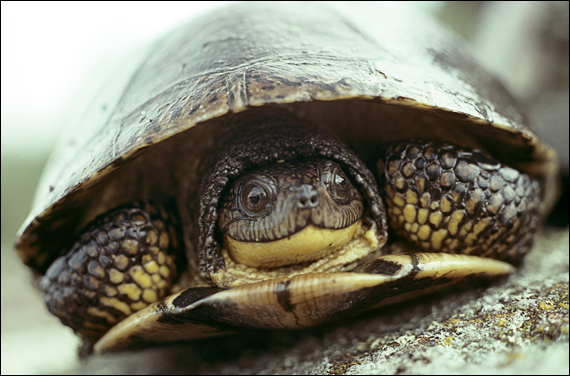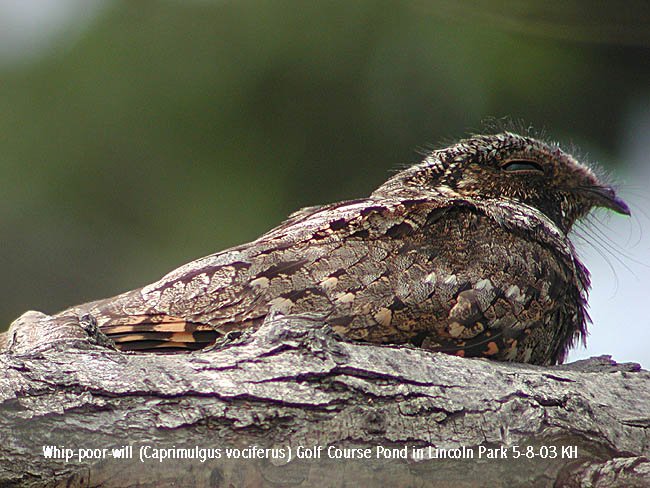Species At Risk
Species At Risk and Endangered Species Acts
Have you heard of the Species at Risk Act, also known as
SARA? The goal of the Act is to protect
endangered or threatened organisms and their habitats.  It also manages species
which are not yet threatened, but whose existence or habitat is in jeopardy.
It also manages species
which are not yet threatened, but whose existence or habitat is in jeopardy.
There are categories used to define how close a species is to extinction:
- Special concern = species that are declining or appear to be in need of concentrated conservation actions.
- Threatened = which are vulnerable to becoming endangered in the near future.
- Endangered = a population of organisms which is at risk of becoming extinct because it is either few in numbers, or threatened by changing environmental or predation parameters.
- Extirpated = Species that no longer exists in the wild in a certain country or area, but can be found else where in the world (maybe only in zoos, etc.).
- Extinct = the death of the last individual of the species.
 In 2007, Ontario becomes a North American leader in species
at risk protection and recovery with the Endangered Species Act (ESA
2007). The ESA sounds very impressive
until you read the entire Act.
In 2007, Ontario becomes a North American leader in species
at risk protection and recovery with the Endangered Species Act (ESA
2007). The ESA sounds very impressive
until you read the entire Act.
On the MNR's website you can read the Ontario Government's summary. It is very pro-active and encouraging
until you get to the last section on "Flexibility and Balance". Here it states,
"The ESA 2007 contains
tools that provide opportunities for the government to enter into agreements,
make regulations and issue permits for a range of  activities otherwise
prohibited under the act. These tools enable activities that would not
otherwise be permitted, as long as the intent is stewardship, protection, or
rehabilitation of the species. These tools may also allow for social and
economic issues to be addressed."
activities otherwise
prohibited under the act. These tools enable activities that would not
otherwise be permitted, as long as the intent is stewardship, protection, or
rehabilitation of the species. These tools may also allow for social and
economic issues to be addressed."
This is where permits can be issued to "kill, harm and harass" wildlife comes into the equation.
This leaves the question, did someone forget the ESA and SARA is designed to protect and prevent extinction? The point about, "as long as the intent is stewardship, protection, or rehabilitation of the species", sounds good until you research more and find out ESA permits allow "killing, harming and harassing".
